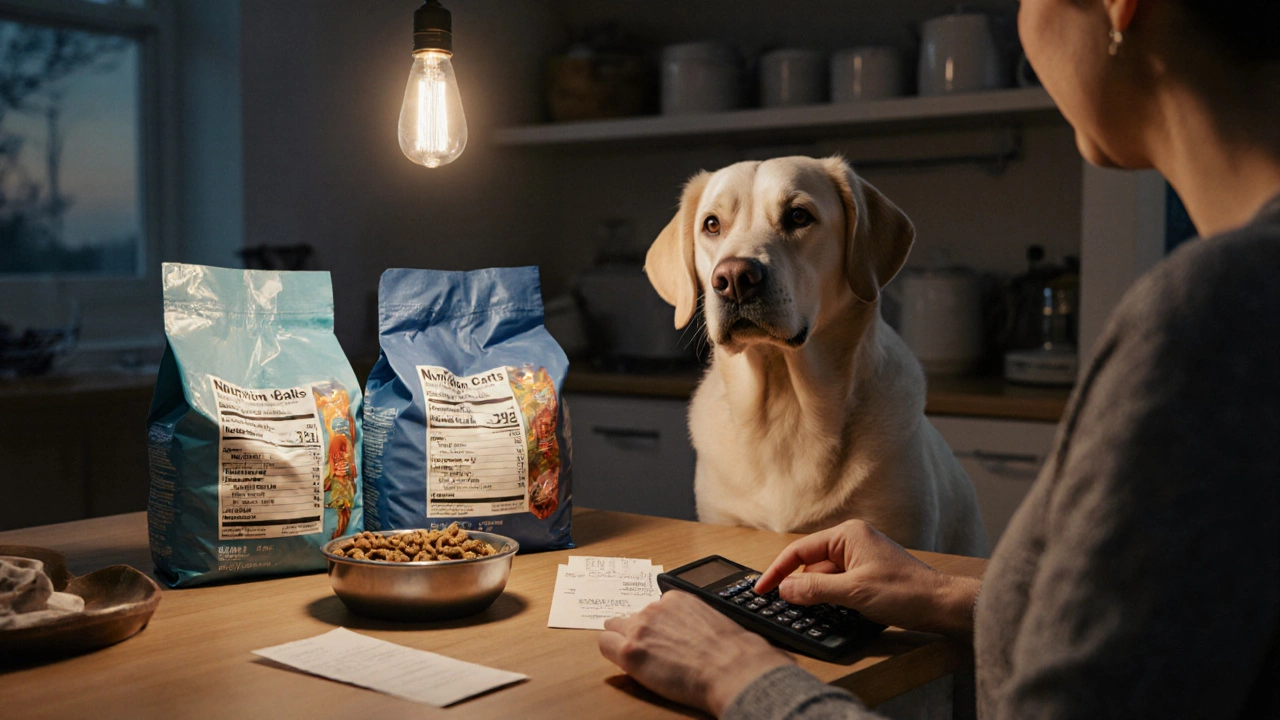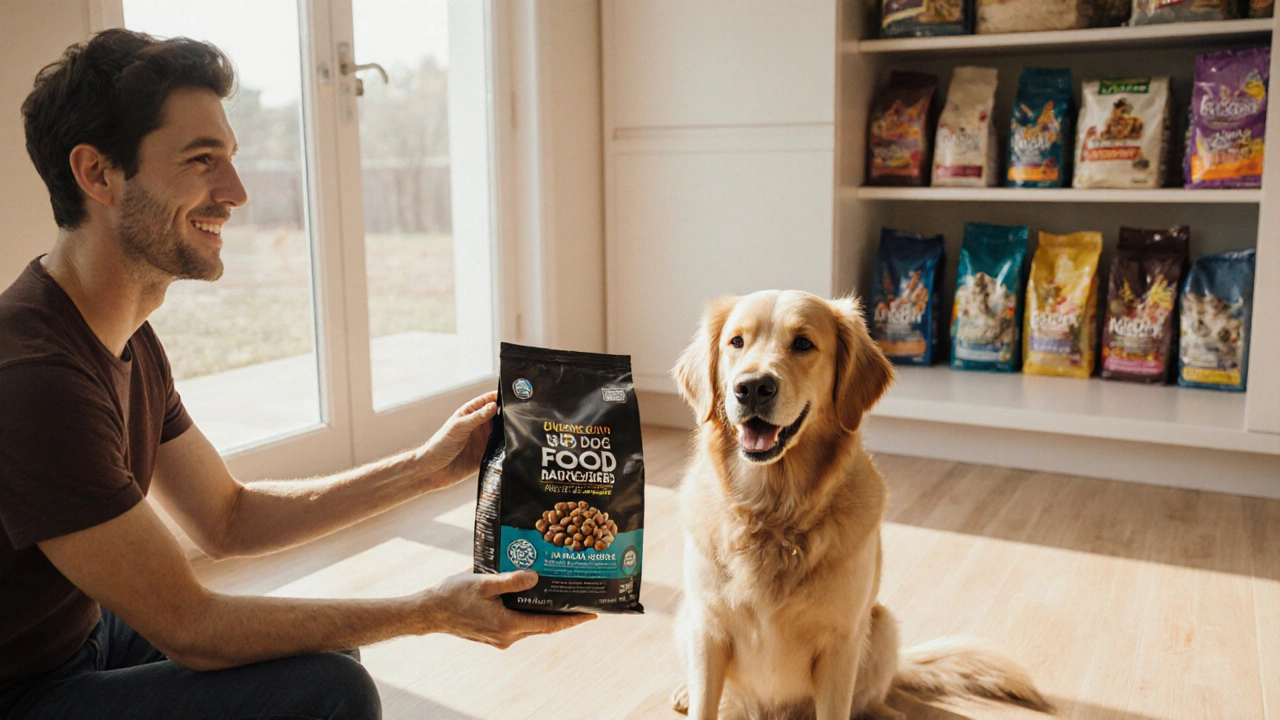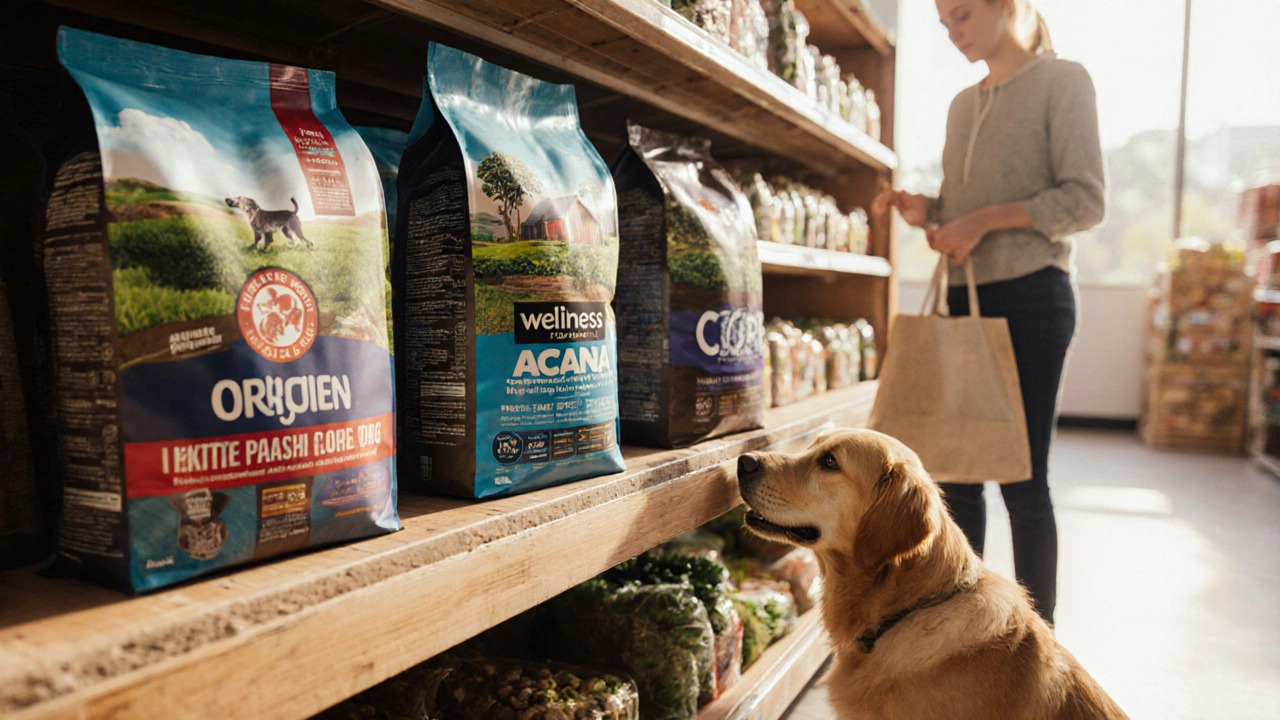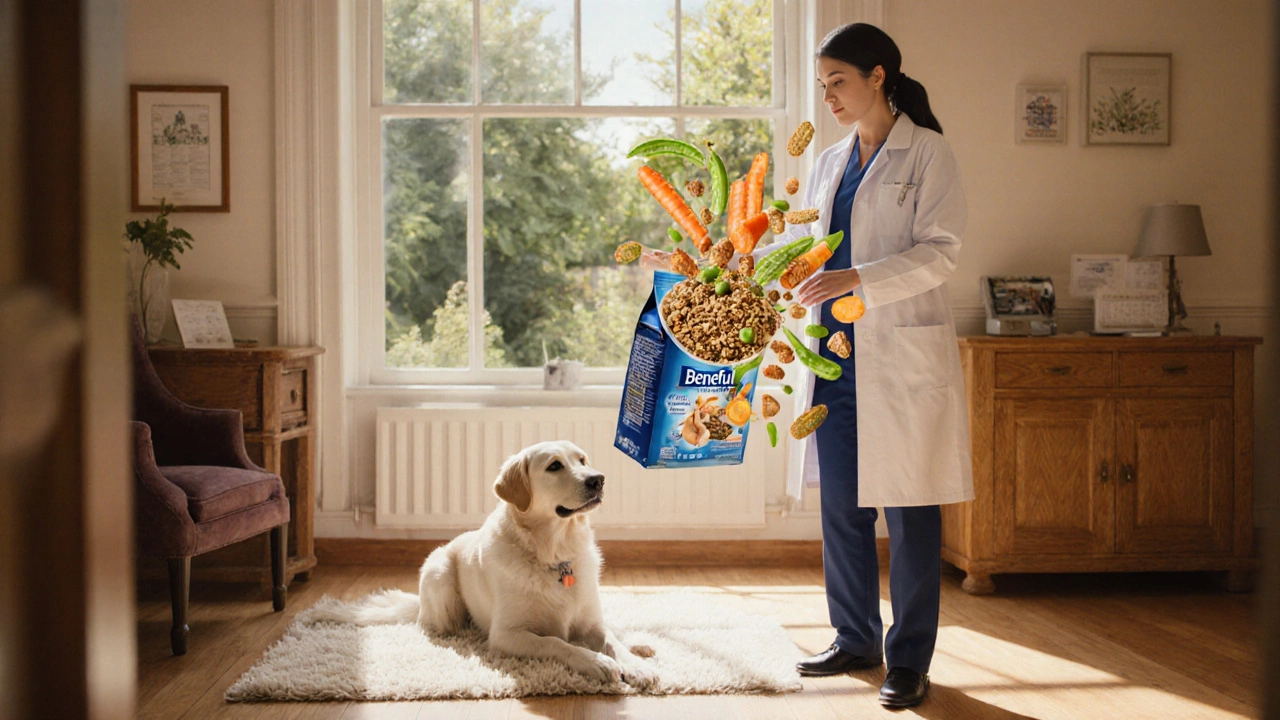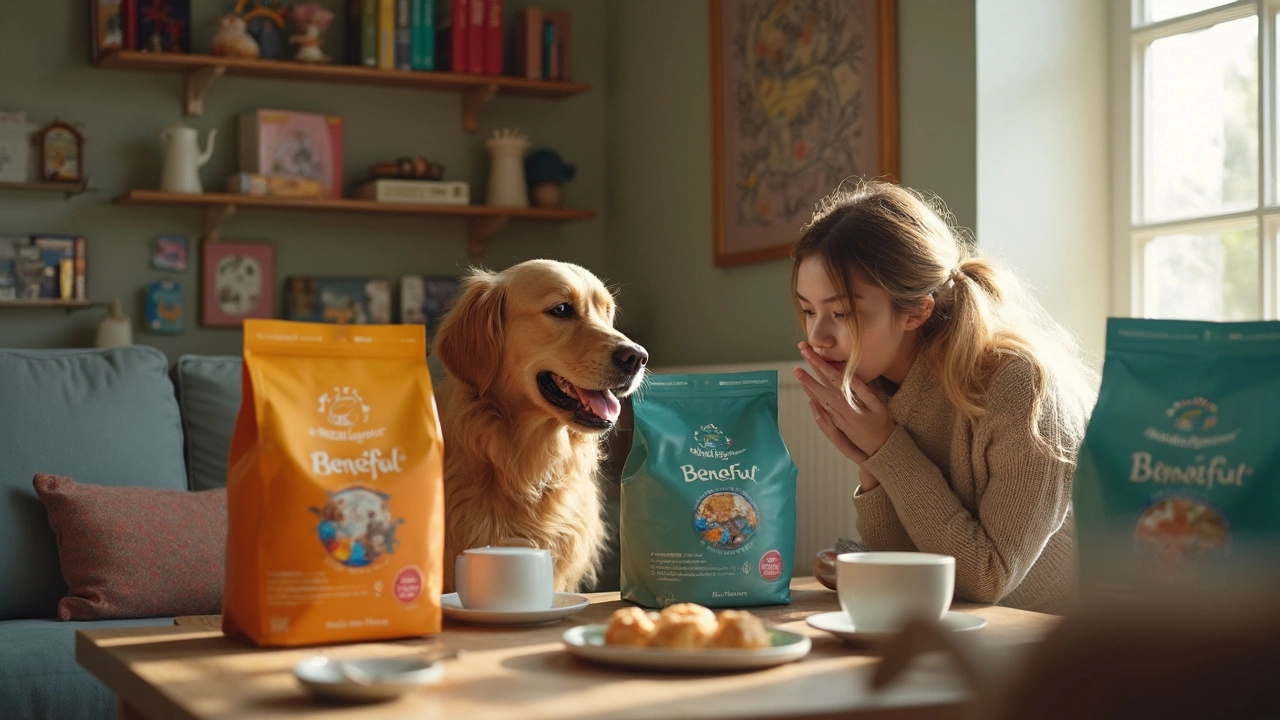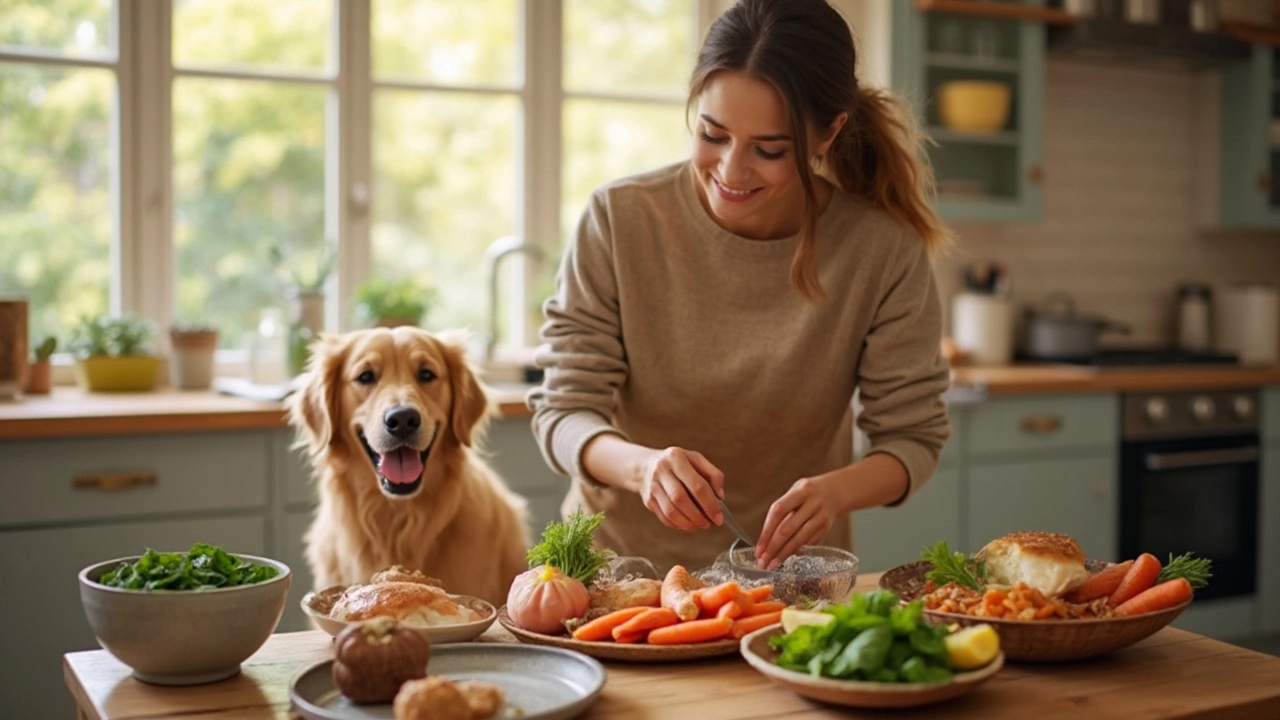Dog Food: Expert Picks, Safety Alerts, and Feeding Tips
Choosing the right food for your dog feels like a big decision, but you don’t have to guess. Below you’ll find what vets are actually recommending for 2025, the biggest recall news from 2024, and simple rules for feeding schedules. Use this guide to stock your pantry with confidence.
Vet‑Backed Picks for 2025
Veterinarians agree that a good dog food starts with real meat, a balanced fiber source, and clear AAFCO statements. In our article “Best Dog Food for Dogs: Vet Recommendations for 2025,” we broke down the top‑rated brands and highlighted ingredients that matter, like named animal proteins and omega‑rich oils. Look for foods that list a specific meat (chicken, lamb, fish) as the first ingredient and avoid vague terms like “meat meal” or “animal digest.”
If you’re curious about popular names, we also examined Beneful in “Is Beneful Ok for Dogs?” and found mixed vet opinions. The brand uses artificial colors and flavors that some clinics flag as unnecessary. That doesn’t mean every bag is bad, but it’s a signal to read the label closely.
Feeding Basics & Safety Tips
When you know which brands pass the vet test, the next step is how to feed. Most adult dogs do well with two meals a day; puppies often need three to four smaller meals. Our piece “Optimal Feeding Schedule: How Often Should Your Dog Eat?” explains why spreading calories helps steady energy and avoids tummy upsets.
Timing matters for bathroom routines, too. In “How Long After Eating Does a Dog Poop?” we learned that most dogs need 30‑90 minutes to finish digestion, so plan walks accordingly. Consistency reduces accidents and lets you spot changes early.
Stay alert for recalls. The “2024 Dog Food Recalls: What You Need to Know” article listed brands pulled for contamination or labeling errors. If you own any of those products, stop feeding immediately, contact your vet, and keep the packaging for a refund. Regularly checking recall lists can save your pet from hidden hazards.
Avoid the foods vets warn against. “What Dog Food Do Vets Not Recommend?” points out that grain‑free trends often hide low‑quality fillers, and some meat‑by‑products can cause allergies. Stick to formulas that list wholesome carbs like sweet potato or brown rice, and watch for excessive corn or soy.
Lastly, consider occasional fresh additions. “What Can Dogs Eat Every Day Instead of Dog Food?” shows that plain cooked chicken, carrots, and a spoonful of applesauce (without added sugar) can boost variety without upsetting nutrition balance. Always introduce new foods slowly and watch for stomach reactions.
Putting it all together: pick a vet‑approved brand with real meat, feed twice daily at consistent times, keep an eye on recall news, and add safe fresh foods in moderation. Follow these steps and you’ll give your dog a diet that supports a happy, healthy life.
Cheapest Dog Food Options: How to Feed Your Dog on a Tight Budget
Discover the cheapest dog food options that still meet nutritional needs, with tips on bulk buying, store brands, and affordable homemade meals.
Top 3 Dog Food Brands Ranked for 2025
Discover the three best dog‑food brands for 2025, why they rank highest, and how to match each to your pup’s needs. Includes price guide, comparison table, and FAQs.
Top 3 Dog Food Brands Ranked for 2025
Discover the top three dog food brands for 2025, compare their protein, ingredients, and prices, and learn which one fits your pet's life stage and health needs.
What Vets Really Say About Beneful Dog Food
A veterinarian‑focused look at Beneful dog food: ingredient breakdown, AAFCO compliance, health impacts, life‑stage suitability, and practical feeding checklist.
How Long After Eating Does a Dog Poop? Timing, Factors, and Useful Tips
Wondering how long after eating your dog needs to poop? This article breaks down the timing, what affects digestion, and the impact of different foods. Learn how routines and keeping an eye on your dog's habits can make bathroom breaks smooth and predictable. Get practical advice for handling puppies, adult dogs, and occasional surprises. Perfect if you're tired of guessing when to grab the leash.
Best Dog Food for Dogs: Vet Recommendations for 2025
Wondering what dog food vets actually recommend? This guide cuts through marketing buzz and gets straight to what matters for your dog's bowl. Discover which ingredients matter most, if grain-free is really better, and which brands have earned their stripes in veterinary clinics. Plus, snag real tips on reading labels and dodging common dog food marketing traps. Your dog's next meal just got smarter.
Is Beneful Ok for Dogs? What Every Dog Owner Should Know
Wondering if Beneful is a good choice for your dog? This article cuts through the confusion around the popular dog food brand, giving you the facts on ingredients, health concerns, and what real pet owners have seen. You’ll get practical tips on choosing the right food for your pup and find out what veterinarians say about Beneful. By the end, you'll know if Beneful matches up with what your dog needs to be happy and healthy.
What Dog Food Do Vets Not Recommend?
Choosing the right food for your pup can be overwhelming, but vets have some clear advice on what to avoid. Some ingredients in popular dog foods may not be the healthiest, leading pet parents to make uninformed choices. In this article, we delve into what vets often suggest skipping and provide practical tips for dog owners. Learn about the common pitfalls and helpful tricks to ensure your furry friend eats only the best.
2024 Dog Food Recalls: What You Need to Know
In 2024, some dog food brands faced recalls due to potential health risks, underlining the importance of staying updated and cautious. The article dives into specific brands and reasons behind these recalls, offering insights into maintaining your pet's safety. It also highlights key measures pet owners can take to ensure their dogs eat safely. From spotting signs of bad dog food to tips on what to do if your dog's food is recalled, this piece is a must-read for responsible pet parents.
Uncovering the Most Unhealthy Food for Dogs
Discover the most unhealthy foods for dogs and learn how to avoid them. This article highlights the dangers of certain common foods that are harmful to your furry friend. Gain insights into healthier alternatives and helpful tips to keep your dog safe and healthy. Understanding what not to feed your dog is crucial for their well-being. Let's ensure our canine companions enjoy a long, happy life.
Best Time to Feed Your Dog: Morning or Evening?
Figuring out the best time to feed your dog can feel like a guessing game. Whether it's breakfast or dinner, your choice might impact not only their happiness but also their health. This article explores the pros and cons of morning versus evening feeding, providing insights and tips to help make the best decision for your furry friend.
What Can Dogs Eat Every Day Instead of Dog Food?
If you're running short on dog food or just curious about mixing things up, there are many everyday human foods your dog can eat safely. This article explores the potential of homemade meals, highlighting the benefits of whole foods over processed kibble. Learn what nutrients to focus on to ensure your furry friend gets a balanced diet. Uncover tips and tricks to make the transition to human food safe and enjoyable for your pet.
